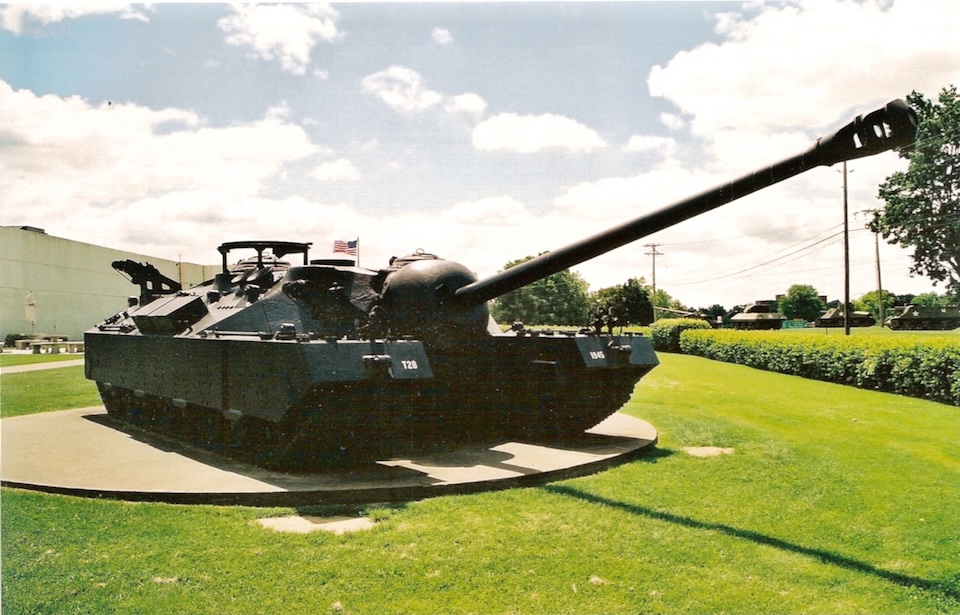The impact of tanks on warfare was evident following their debut in World War I, and their significance grew during subsequent conflicts. As the Second World War spread across Europe and the Pacific, the United States understood the need to increase the capabilities of its military for a definitive victory, leading to the creation of the T28 Super Heavy Tank.
The project was abruptly halted, however, resulting in the production of only two prototypes. One became non-functional after sustaining damage during testing, while the other took an unexpected turn and disappeared for many years.
The United States wanted to match the German Army’s powerful tanks
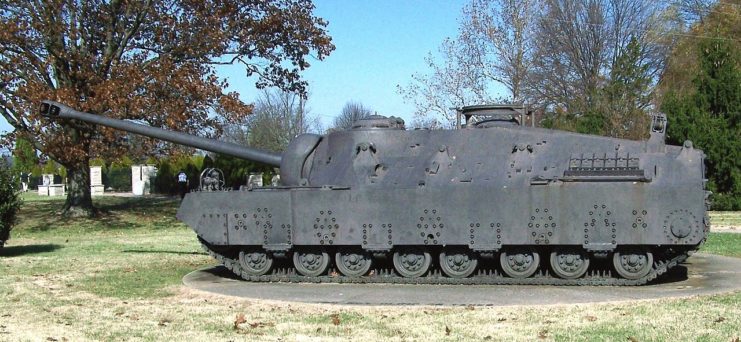
Following their victory in World War II, the United States and its Allies gained valuable insights into the dynamics of conflict and potential future strategies. Even during the ongoing war, the US military was actively addressing its existing shortcomings. One big issue was the Wehrmacht’s superiority in tanks, which posed a considerable challenge for the Allied forces, shown by the formidable Siegfried Line, which limited their efforts to breach Germany.
In 1943, the US started the development of a new tank, which was eventually named the T28 Super Heavy Tank. This innovative vehicle was engineered for resilience, designed to possess the strength needed to break through enemy lines while providing ample protection for its crew.
The United States begins work on developing prototypes
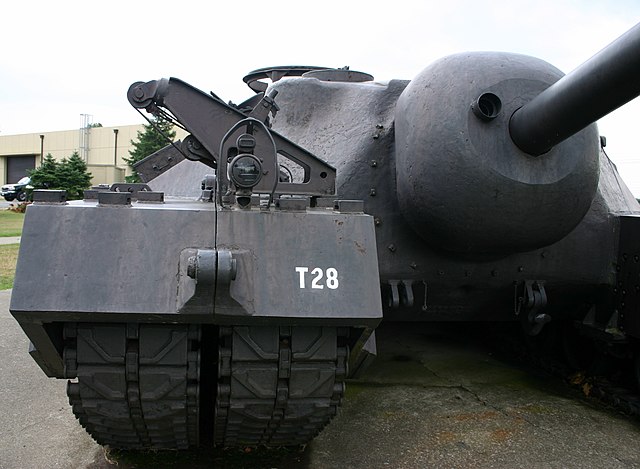
In March 1944, plans were set in motion to produce five T28 Super Heavy Tanks, each equipped with a 105 mm T5E1 anti-tank gun as their main armament and a .50-cal Browning heavy machine gun as their secondary weapon. This tank distinguished itself with much thicker armor, with metal up to 12 inches thick in certain areas, providing exceptional defense against anti-tank weapons.
Despite this, the manufacturing process faced obstacles. The T28’s substantial weight of 95 short tons limited its top speed to around 8 MPH and presented serious challenges in navigating over various obstacles.
The T28 Super Heavy Tank wasn’t really needed at all
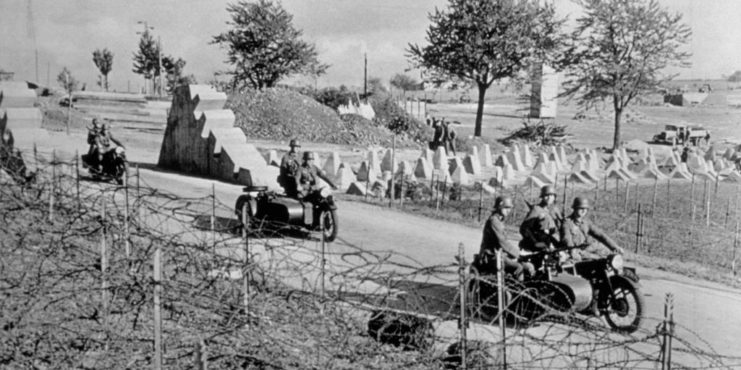
As aforementioned, the original intention for the T28 Super Heavy Tanks was to deploy them against the Siegfried Line. However, beginning in mid-1944, the Allies launched a full-scale assault on the defensive line and, by early 1945, it had been overcome.
Plans were then made to use the T28s in operations on the Japanese mainland. However, Japan surrendered before they could be deployed, following the atomic bombings of Hiroshima and Nagasaki. Consequently, the US government abandoned further development of these vehicles. Only two prototypes were ever completed; one suffered significant damage during testing at Yuma Proving Ground and was eventually sold for scrap.
The remaining T28 Super Heavy Tank was lost for decades
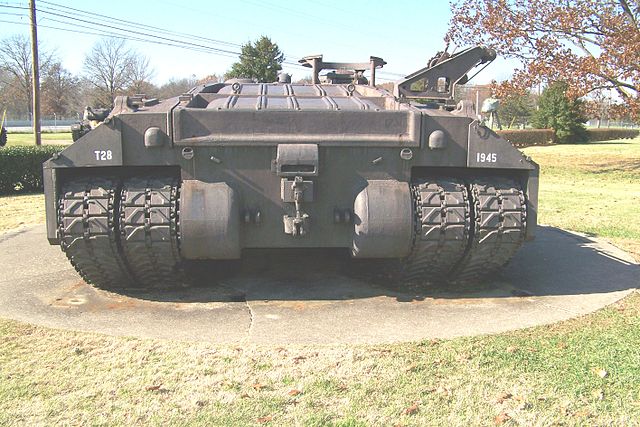
As World War II ended and the nature of warfare evolved, the T28 Super Heavy Tank was rendered mostly obsolete. Rigorous testing showed shortcomings that would have created substantial difficulties in combat. As a result, the US military adjusted its focus, prioritizing tanks with lighter and more adaptable designs.
In the ensuing years, during the Korean and Vietnam wars, the absence of the T28 tank was notable on the battlefield. Its World War II-era design lost relevance, no longer fitting with the military’s changing strategic goals.
The T28 Super Heavy Tank was eventually found in the weeds
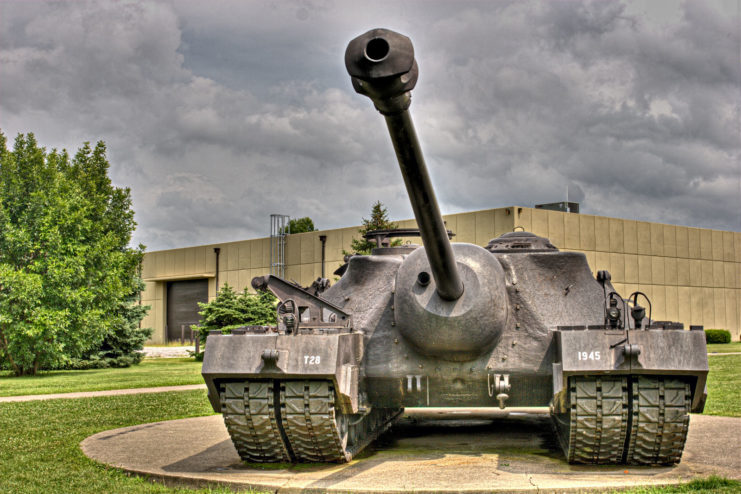
The military’s concentration on developing new tanks led to the misplacement of the remaining T28 Super Heavy Tank prototype. Remarkably, it wasn’t until 1974, a staggering 27 years after its disappearance, that it was stumbled upon in a field at Fort Belvoir, Virginia. Neglected and exposed to the elements for decades, weeds had begun to encroach upon its structure.
More from us: A British Challenger 1 Set the Record for the Longest Tank-on-Tank Kill in 1991
Following its rediscovery, the prototype received significantly better care and reverence. It was relocated to the General George Patton Museum at Fort Knox, Kentucky, where it resided for several years before finding a permanent home at Patton Park in Fort Moore (formerly Fort Benning), Georgia.
